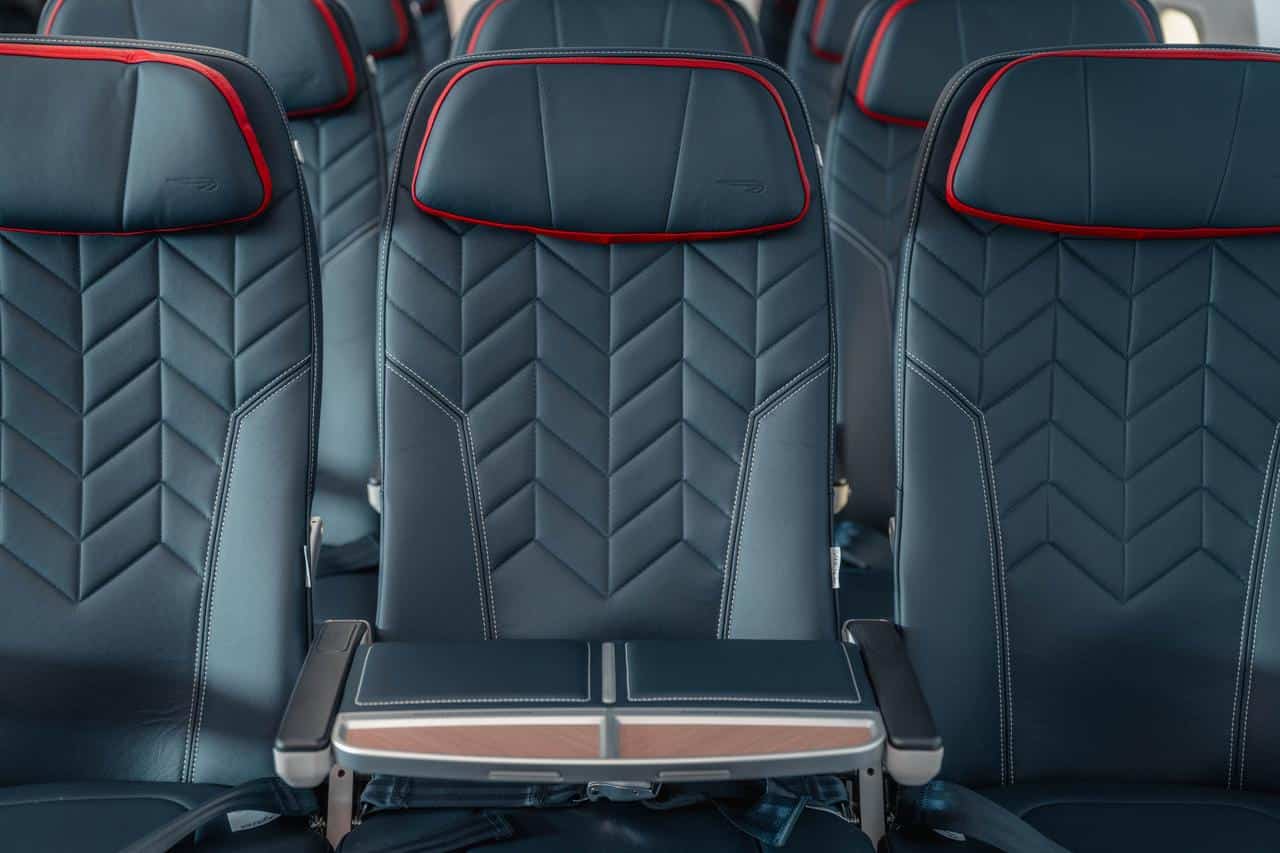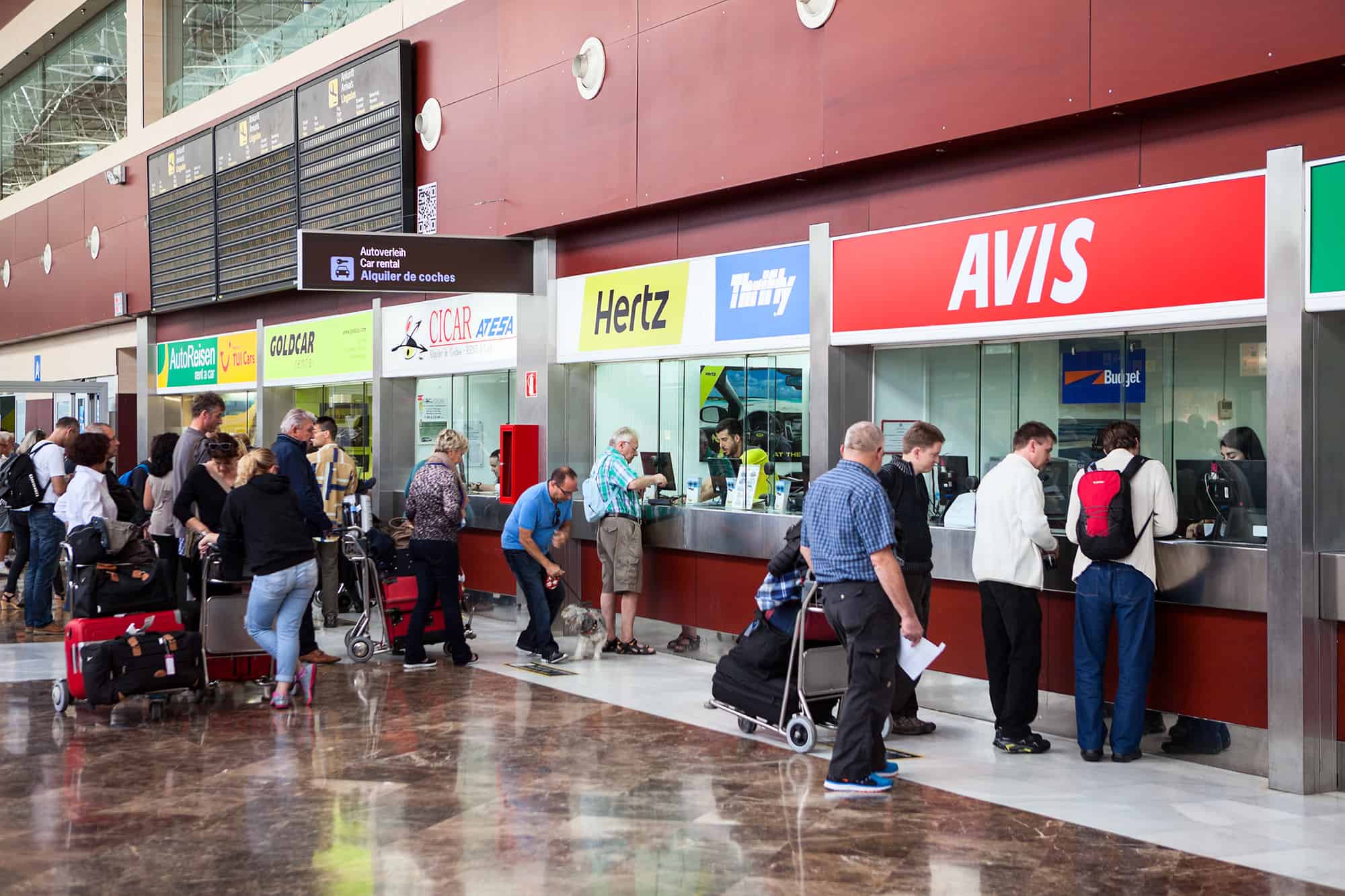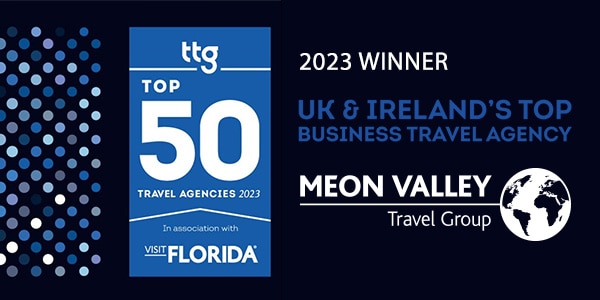Flying to or from a regional airport via a big hub airport is consistently around 10% cheaper than flying direct. But is it worth it and what is the cost/benefit trade off?
Let’s start with regional airports. Shorthaul, ok, not the end of the world. Further away from where you need to be? Probably. Longer journey so you’re more tired and a bit fed up? Possibly. Long-term impact? Limited. The cost/benefit trade off is marginal but there is an argument for it.
Longhaul however, now that’s a different story. The hub airports now thrive on transfer traffic and the competition between them over minimum connection times and speed of transfer means the experience is getting pretty slick. And airlines are trying to capitalise on this. Emirates, for example, is offering flights, A380’s no less, from Birmingham and Glasgow via Heathrow, for a cheaper price than flying directly from Heathrow – even though you’re taking an additional flight with them. Why? Because the cost of keeping the aircraft on the group for a full turnaround is significantly higher at Heathrow than it is at a regional airport. Essentially, it comes down to the cost of parking.
European hubs are still doing well from the growth in this because shorter turnarounds mean more planes and more customers. Examples include Madrid which serves South America incredibly well, Frankfurt where 55% of their customers are on a connecting flight and Istanbul which has had such significant investment in their infrastructure you can get, well, pretty much anywhere! Even further afield, Abu Dhabi is starting to muscle in on the once dominant Dubai.
So why, when Hong Kong, Bangkok and Singapore are all clambering to serve flights between Australia and Europe when Qantas offers a direct flight between Perth and London, it gets booked up before they release it? And even though the regional airports are investing, the big hubs are improving their transfer experience and the tickets are cheaper, airlines are still flying half-empty aircraft from these regional airports.
The answer? Convenience.
The cost/benefit trade off rarely stacks up when you start taking time, impact on your employees and the perception of value into the equation.
That said, the cost/benefit trade off analysis still needs to be done. For example, on a trip to Perth for a big meeting, you can do a 24hour stop off in Singapore to squeeze in an additional business meeting. Great at first glance. But what if the meeting in Australia is significantly more important than the one in Singapore? When you arrive exhausted with no energy or enthusiasm left, which meeting will suffer? The alternative? Flight direct to Perth and have an additional day to recover and get your head in the game. Much better.
Likewise, once the meeting is over and you just want to get home. Squeeze the Singapore meeting in or consider that the desire to get home impacts you mentally and emotionally, whether you want it to or not. Plus, what is the cost of being out of the office for an extra 24-48hours? It’s all opportunity cost that needs to be weighed up.
So how can your travel policies reflect these intricacies? Whats the tipping point? According to numerous travel reports, for every £1 you spend on travel, you should be looking for a 25% return on investment. So let’s be frank, if you’re sending someone to Australia, you care what state they arrive.
And what about if your travel policy is driven by cost and the cost of direct flights with national carriers is just too high? Make sure your travel provider is offering you all the options open to you. There are plenty of carriers like Norwegian, LEVEL, Turkish, Air China and Air New Zealand who are all fighting (with brand new aircraft) to entice your custom.
If you do choose indirect flights? Choose your hubs carefully. Make sure you know the amenities available and invest in either a Priority pass or Dragon pass (depending on which area of the world you are flying to).
Are you confident your travel provider is weighing up the options intelligently? With an understanding of where that tipping point is to consider the payoff as well as cost? And does your travel policy allow your employees the flexibility to choose the direct flight that will cost you an extra 10%? Or are you sending someone who feels unappreciated to represent your company? Are you confident they’ll still deliver you an ROI of 25:1?
Our team can work with you to help you intelligently allocate your travel budget, and prioritise value over cost. Can you afford not to give us a call?






